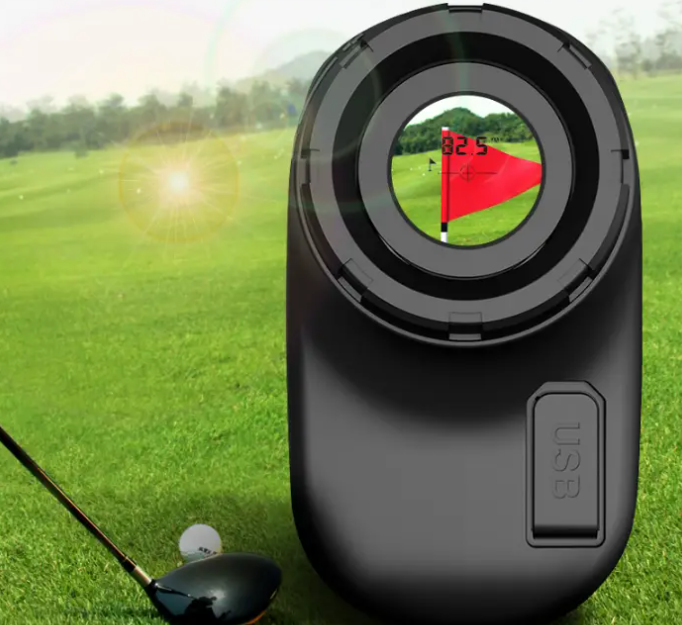Abstract: After making up your mind to buy a golf rangefinder, it is a painful thing for both veterans who want to improve their skills and novices who want to learn to play golf, because you don’t know how to buy it?
Many times, we don’t know how to buy products or step on thunder directly after buying them, all because of unclear needs and lack of understanding of products.
How to choose a golf rangefinder that suits you

No.1 Clarify your own needs
Daily training? Professional competition equipment? Both?
Everyone has a purpose for buying things, and buying a golf rangefinder is no exception. Is it for daily training, or for professional competitions, or do you want to take both into account? Clarifying your own needs can not only reduce costs but also buy products that suit you.
At the same time, although major professional competitions have opened up and allowed the use of golf rangefinders, the premise is that the slope function must be turned off. In this way, the slope compensation function becomes an important factor related to professional competitions, daily training, or both.
a. Only for professional competitions, optional
Without slope compensation: only supports linear scanning. Although it can be used for daily training and professional competitions, there are slopes and angles in daily training, and it is impossible to accurately measure the distance. It is more suitable for professional competitions.
Due to the single function and usage scenario and low frequency of use, this type of rangefinder is relatively expensive, but there are few on the market.
b. Only for daily training, optional
With slope compensation but no slope compensation switch button: only for daily training, but whether it is horizontal or with slopes, angles, etc., it can accurately measure the distance.
Although this type of rangefinder is only suitable for daily training, not all golfers are professional players. Daily improvement of technology and high frequency of use are enough to use this type of rangefinder. Therefore, the price is relatively cheap and moderate, because of the large demand, there are more on the market.
c. Both daily training and professional competitions, optional
With slope compensation and slope compensation switch button: can be used in daily training and professional competitions.
When used in daily training, it can accurately measure distances regardless of whether it is a horizontal surface or has a slope or an angle; when used in professional competitions, just turn off the slope compensation.

No.2 Product functions and technical advantages and disadvantages
Accuracy? Output rate? Observable range?
For a sport like golf that requires extremely high accuracy, a suitable golf rangefinder, accuracy, output rate, and observable range are all crucial for golfers. This has become a powerful basis for us to screen the advantages and disadvantages of products.
a. Judging accuracy
The accuracy of a product can be measured from several aspects such as "lens magnification, lens imaging effect, anti-shake status, and flag capture ability"
b. Output rate
In fact, whether the output is fast or not is complementary to accuracy to a certain extent. In addition, it can also be understood from the clarity of the display data and the processing of scene changes such as weather.
c. Observable distance
Since it is called a rangefinder, it is used to measure the distance that cannot be judged by the naked eye. Imagine hitting the ball into a 4.25-foot hole in a field of dozens of acres. Its observable distance is of course very important.

Finally, the purchase tips are attached:
One is clear, two is consulted, and three is determined
①Clarify your own needs: daily, competition, both, budget;
②Purchase consultation whether the rangefinder has slope compensation;
③Purchase consultation whether there is a slope compensation switch;
④Determine the required product type for slope compensation according to the needs;
⑤Determine the advantages and disadvantages of the required product according to the product function technology;
⑥Finally determine the product to be purchased based on comprehensive considerations such as product type and product technology advantages and disadvantages.

